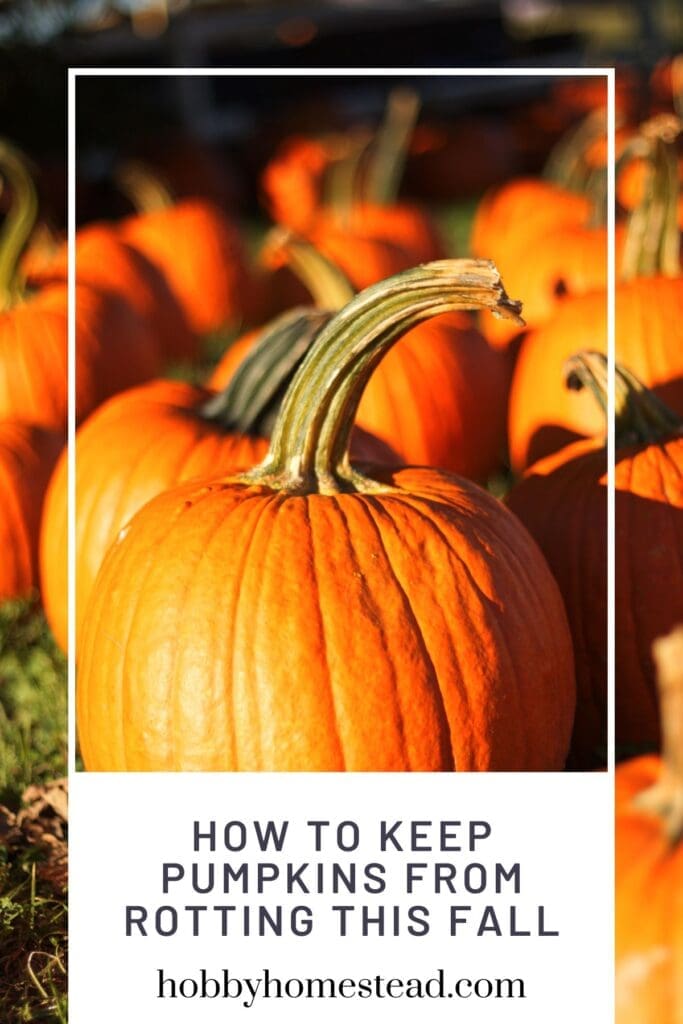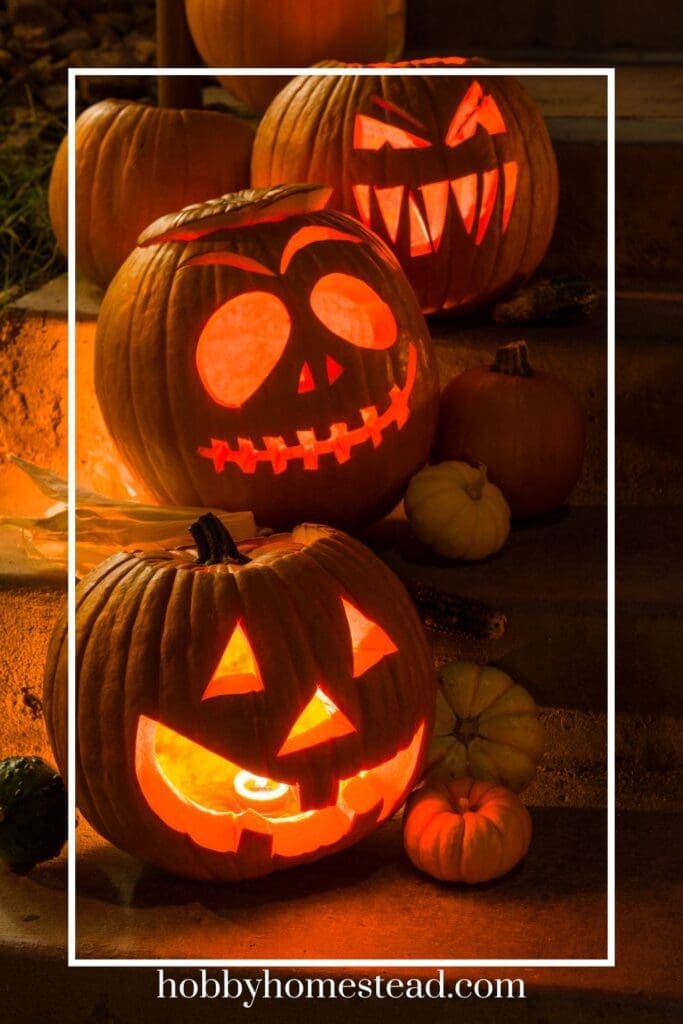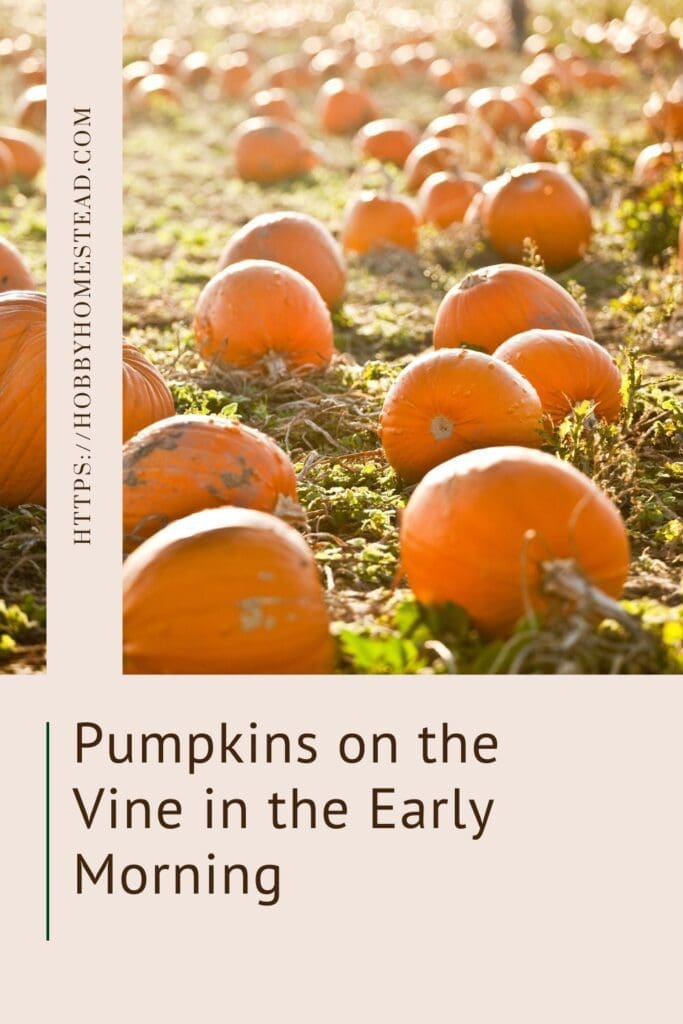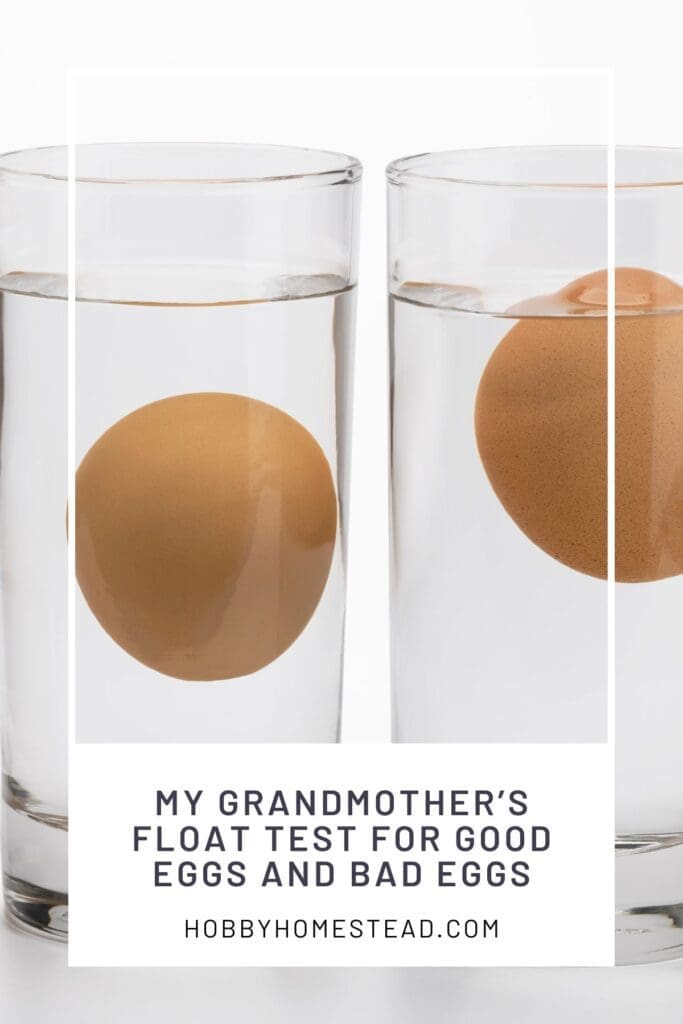We love pumpkins in the fall, but how do you keep pumpkins from rotting so fast? As the air turns crisp and leaves begin to change, one of the joys of the fall season is adorning your home with vibrant pumpkins. Whether you’ve picked them fresh from the patch or carefully selected them for their perfect shape and size at the local grocery store, preserving their pristine condition through the season can be a rewarding challenge.
Nothing captures the essence of fall quite like freshly picked pumpkins and glowing jack-o’-lanterns. These vibrant fall staples make perfect front porch decor and offer a fun, creative activity for kids after school.
Whether they’re on display or waiting to be carved, ensuring your pumpkins stay fresh and vibrant requires a bit of know-how and preparation. Discover what causes pumpkins to decay and how you can extend their lifespan for a longer-lasting fall display.

What Pumpkin Rots the Fastest?
Carved Pumpkins
They tend to last only one to two weeks before they begin to rot, often attracting unwanted pests like fruit flies. Once a pumpkin is carved, its protective outer skin is broken, exposing the flesh inside to air, moisture, and microbes.
The carved edges and removed pumpkin guts speed up the decay process due to the increase in microbial growth and moisture loss. These pumpkins are also more prone to attracting pests like fruit flies, which further accelerates rotting.
Next up is freshly picked
Imagine the excitement of pumpkin picking with family on a sunny afternoon, carefully selecting the best pumpkins to adorn your front porch. These iconic symbols of fall not only serve as beautiful decorations but also hold the promise of delicious pumpkin pies and festive jack-o’-lanterns for Halloween.
However, nothing dampens the festive spirit quicker than finding your prized pumpkins succumbing to rot prematurely. It’s disheartening to see those uncarved pumpkins, once so robust and promising, start to develop soft spots
Freshly picked pumpkins have their outer skin intact, which serves as a natural barrier against rot. However, they are still susceptible to rotting if exposed to direct sunlight, excess moisture, or freezing temperatures. While they last longer than carved pumpkins, their lifespan is limited as they no longer have the nutrients supplied by the vine to keep them healthy.
Pumpkins on the Vine
When stillattached to the vine they last the longest because the vine continues to supply them with nutrients, keeping them hydrated and healthy. In the right conditions, protected from extreme weather and pests, they can remain fresh for weeks, sometimes even months.
Luckily, there are a few effective tricks to help slow the rotting process.

Keeping Your Pumpkins Fresh: Essential Tips for Fall Decor
Preserving Pumpkins Before Carving
Uncarved pumpkins can last longer if you take a few simple steps. Begin by cleaning the surface of the pumpkin thoroughly to remove dirt and bacteria that can accelerate the rotting process. A mixture of one part bleach to ten parts water works well for this. After cleaning, allow the pumpkin to dry completely before moving it indoors or placing it on your porch.
To further extend their lifespan, consider applying a protective layer of vegetable oil or even petroleum jelly to the outside of the pumpkin. This helps seal in moisture and creates a barrier against excess moisture and microbial growth. Placing them in a cool, dry area away from direct sunlight also helps prevent premature aging.
Preserving Carved Pumpkins
Once you’ve transformed your pumpkins into artistic masterpieces, keeping them looking their best requires a different approach.
Carved pumpkins tend to decay faster due to exposed surfaces and the removal of protective skin. To combat this, treat the carved edges of your pumpkin with a diluted bleach solution (one tablespoon of bleach per quart of water) to disinfect and slow down the rotting process. This simple solution can extend the life of your carved creations by several days.
If you are planning on lighting the inside of your Jack-o-Lantern, use battery-operated lights rather than a real candle. The warmth from the real candles can speed up the rotting process.
How do I keep my pumpkins from rotting on the vine?
By maintaining proper moisture levels, providing good air circulation, and monitoring for pests or disease, your pumpkins should remain healthy and fresh on the vine for as long as possible.
Here are seven different ways to keep your pumpkins from rotting on the vine. Helping them stay healthy through the growing season.
Prevent Too Much Moisture
Moisture on the surface of the pumpkin can lead to rot. Make sure your gourd is in well-draining soil to avoid water pooling around the base of the fruit. You can also place straw or a board underneath to keep it off the wet ground. Keeping it above the wet soil prevents rot from setting in.
Avoid Overwatering
While pumpkins need consistent watering, especially in their early growth stages, avoid overwatering later in the season. Too much water can cause the pumpkin to develop soft spots and lead to fungal growth. Water the soil at the base of the plant rather than the pumpkin itself to minimize moisture on the fruit.
Provide Good Air Circulation
Make sure that there is enough space between the plants to allow proper airflow. Crowded vines can trap moisture, increasing the likelihood of rot. Pruning some leaves can help improve air circulation, especially around the pumpkins.
Keep Pumpkins Off the Ground
Consider placing them on a straw nest or elevated on a small platform to prevent soil contact. This helps reduce the risk of developing soft spots and rotting due to moisture or pests from the soil.
Rotate the Pumpkin
Every so often, carefully rotate the fruit to expose different sides to the sun. This helps prevent one side from staying damp and reduces the chance of developing mold or rot. Be gentle to avoid breaking the stem.
Monitor for Disease
Pumpkins are susceptible to fungal diseases like powdery mildew. Treat any signs of disease early with organic fungicides or a diluted bleach solution (one part bleach to ten parts water) sprayed on the plant leaves.
Protect from Pests
Unwanted pests like fruit flies or squash bugs can damage your pumpkins and promote decay. Bugs can be the culprit for introducing a common pumpkin disease known as bacterial wilt. This disease affects the plant more than the fruit. You may see the beetles crawling around, or they may swarm up around the plant. They chew on the tender new growth, fruit and flowers, and their saliva carries the disease.
Keep an eye on your pumpkin patch and use organic pest control methods or netting to keep pests away from the fruit.
Popular Organic Ways to Control Pests
Here are a few popular organic ways to control pests in your pumpkin patch.
Neem Oil. This oil is a natural pesticide derived from the neem tree. It works by disrupting the life cycle of pests like aphids, squash bugs, and spider mites. Mix it with water and apply it to the leaves and stems of the pumpkin plant to keep pests away.
Diatomaceous Earth. This fine powder is made from fossilized algae and is effective against crawling insects like beetles, slugs, and squash bugs. When sprinkled around the base of your plants, it dehydrates and kills pests while being safe for your plants.
Beneficial Insects. Introducing beneficial insects like ladybugs, lacewings, or parasitic wasps into your garden can help control pest populations naturally. These insects feed on aphids, caterpillars, and other harmful bugs that can damage pumpkins.
Companion Planting. Growing pest-repellent plants like marigolds, nasturtiums, or radishes near your pumpkins can help deter pests. For instance, marigolds are known to repel nematodes, while nasturtiums can keep squash bugs at bay.
Soap and Water Spray. A homemade spray made from water and a few drops of dish soap (preferably an organic or biodegradable soap) can help remove pests like aphids or whiteflies. Spray it directly on the affected areas of the plant to suffocate the pests.
Floating Row Covers. Use lightweight row covers to protect your pumpkins from pests like squash vine borers and cucumber beetles. The covers act as a barrier, preventing the pests from reaching the plants while still allowing light and air to pass through.
These methods are safe, environmentally friendly, and effective at controlling common pumpkin pests without using harmful chemicals.

When is the best time to pick pumpkins to avoid rot?
The best time to pick pumpkins to avoid rot is when they are fully mature, typically in late September to early October, or when the vine has died back.
Look for a deep, rich color (orange, white, or another variety-specific hue). If it still has green patches, it’s not yet mature and won’t last as long if picked early.
The skin should be hard and resist punctures when you press a fingernail into it. Soft skin indicates it’s not fully mature, and immature pumpkins are more prone to rotting.
The stem should start to dry and turn brown before you pick. A green, flexible stem means the pumpkin is still drawing nutrients from the vine and isn’t ready to be harvested.
Once the vine begins to shrivel and die, it’s a good indication they are ready for harvest. If left too long on the vine, pests or rot will be a problem, especially in cold or wet weather.
It’s best to pick the fruit during dry, sunny days to avoid moisture build-up on the surface. If possible, harvest before a hard frost, as freezing temperatures can cause the pumpkins to soften and rot quicker.
After picking, leave the pumpkins in a warm, dry place to “cure” for 10-14 days. This allows the skin to harden further, helping to prolong their life and reduce the chances of rot.
Pretty Fall Season
We love the colors of fall. Whether you’re preparing for a Halloween party or simply enjoying the cozy ambiance they bring to your home. A little extra care can go a long way in preserving the life of your pumpkins.
Make the most of this magical time of year!
References
Aptive. How to Keep Pumpkins from Rotting.
Pioneer Woman. How to Stop Pumpkins From Rotting This Fall.


